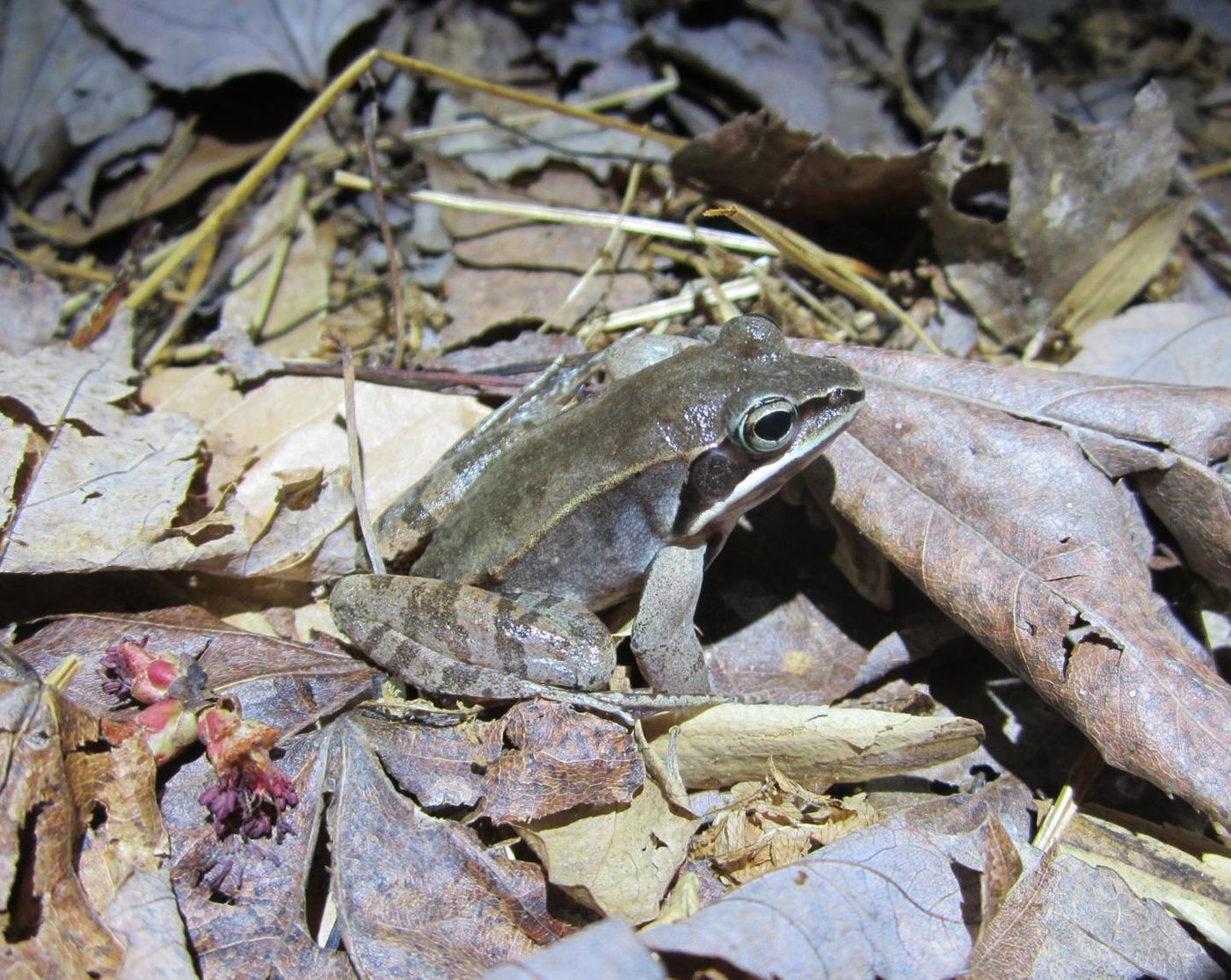Genetic Diversity is Helping Frogs Withstand an Epidemic
Some populations of frogs have been able to withstand a widespread epidemic of a deadly disease that could be compared to the Ebola virus in humans. Scientists have found that genetic diversity is helping to protect some frogs. Frogs may be facing a mass extinction because of this disease, called Ranavirus, stressed the lead author of the work, assistant professor of biology Anna Savage of the University of Central Florida. The findings have been reported in Immunogenetics.
"If you have more genetic variation, you have more potential to respond and adapt to anything," Savage explained. It is critical, however, to also protect frog habitats from pollution or destruction, she noted. "Don't destroy habitats, maintain large population sizes; these simple things are the best actions to implement, given whatever limited information we have, to give populations the chance to rebound," she said.
Ranavirus affects cold-blooded animals like reptiles, amphibians, and fish. When it infects tadpoles, their internal organs fill with blood and explode. Worldwide, amphibians are in decline, and this disease is one of the two major pathogens causing it. Scientists think that Ranavirus has been around for a long time and are investigating why it’s now causing so many problems.
"Certainly, the rise of these infectious pathogens coincides with the period when global temperatures started to significantly increase," said Savage. "There are a lot of biologists working on studies trying to tease apart the relationship between climate and amphibian health and how that might translate to some of these global disease problems."
Frogs are an important part of the ecosystem, and Savage noted that it’s important to study them. They can help control insect populations and are a critical link in the food chain. "If we lost them, there would be this major energetic crisis where we wouldn't have a food source for many other animals that depend on them to survive," she explained.
For this work, over two years, tadpole tail clippings were collected at seventeen random ponds at the Patuxent Research Refuge in Maryland. This minimally invasive and nonlethal process allowed the researchers to look for Ranavirus in the tadpoles, and see how severe it was if it was there. They also looked at genes involved in immunity in the organisms.
The researchers determined that 26 percent of 381 tadpoles tested were positive for Ranavirus infection. When a certain combination of genes was detected, the virus was less severe.
"There was evidence that this combination of immune genes was helping those individuals limit how bad the viral infection can get," Savage explained. "To our knowledge, this is the first study that shows that this group of immune genes is actually important for Ranavirus susceptibility."
This work may also have implications for Florida frog species; Ranavirus threatens frogs like the southern leopard frog, the American bullfrog, and the endangered Gopher frog.
"These immune genes aren't completely different across different species," Savage said. "We actually see a lot of the same variants shared at the level of the entire genus or even the whole family. So, some of the work we've done is showing that we're finding the same genetic variants in wood frogs as in other frogs, including species in Florida."
Learn more about Ranavirus from the video.
Sources: AAAS/Eurekalert! Via University of Central Florida, Immunogenetics










